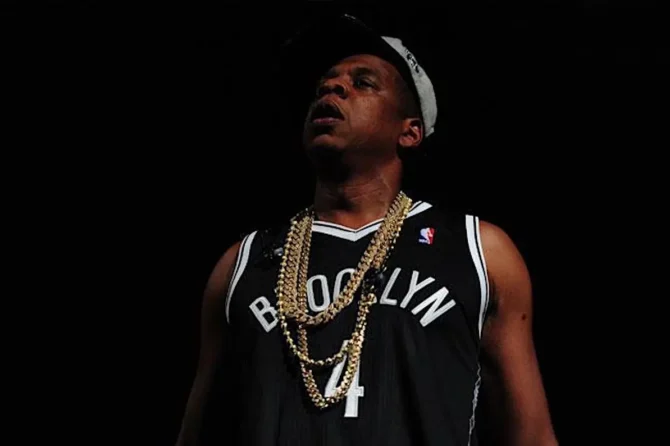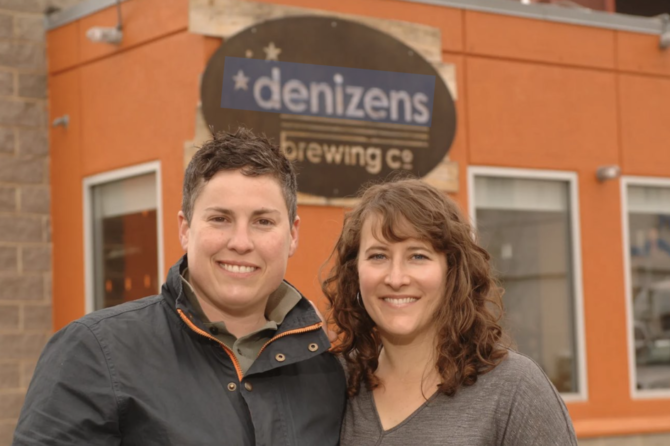MARYLAND MATTERS GUEST COMMENTARY:
By Nate Golden
The writer is a Baltimore City Schools teacher and the President of the Maryland Child Alliance
During Governor Moore’s first State of the State address he made a bold commitment to “end child poverty in the state of Maryland.” As a part of this pledge, Moore announced the Family Prosperity Act, a package deal that permanently increases the state’s Earned Income Tax Credit (EITC) and creates a Child Tax Credit (CTC) that would reach about 2% of Maryland children.
While it is incredibly refreshing to have a leader in Annapolis take such a strong stance against child poverty, the Family Prosperity Act continues a pattern of legislation that leaves behind the poorest families.
The vast majority of the Family Prosperity Act funds would be directed towards the EITC. However, the EITC’s effectiveness in reducing child poverty is limited because it excludes the poorest families through phase-ins and work requirements. During the phase-in, the lower a family’s income, the lower their EITC credit.
Does the Wes Moore administration believe that a family earning $10,000 deserves more help than a family earning $5,000? Or that a family earning $20,000 deserves more help than a family earning $10,000? I doubt it, but these are the implications and the reality of the EITC.
Nationally, the poorest 16% of households do not receive the full credit because they do not have enough income. Only 3% of children living in poverty receive the full credit, and zero percent of children living in deep poverty live in households that receive the full credit. This design effectively penalizes the poorest households.
When Maryland replicates the federal EITC, we miss the exact same families as the federal credit. Altogether, some Maryland families miss out on more than $13,000 a year in tax credits because their families are too poor. Whether it is intentional or not, legislators that create and enhance tax credits with phase-ins are suggesting that some families need the constant threat of poverty and starvation as motivation to enter the workforce. These policies ignore the lived reality of many families where children are being raised by elderly parents, grandparents, and caregivers with disabilities.
Instead of further investing in the EITC, the Moore administration could create a much more inclusive Child Tax Credit that includes families at the bottom of the income distribution. Unlike the EITC, the CTC has no phase-in and can more efficiently reach the most vulnerable families. Using PolicyEngine, we at the Maryland Child Alliance estimate that Maryland could create a $1,000 per child CTC for a similar cost as the EITC. Rather than including a phase-in, this credit would gradually decrease at a rate of 10% starting at $40,000 in income for joint filers, and $20,000 in income for other filing statuses. Because the CTC includes the most vulnerable families that the EITC excludes, it would have a much larger impact on poverty and deep poverty.
Although a fully refundable CTC would be more progressive than the EITC, it would still miss some of the most vulnerable families in the state. Some families’ incomes are so low that they do not file income taxes, meaning they are missing out on government assistance through tax credits.
In order to achieve the goal of eliminating child poverty across the state, the governor must consider implementing bolder policies that go beyond the existing tax structure. The most straightforward and effective solution would be to provide families with direct financial support through a universal child benefit. This program would send regular, unconditional payments to parents and guardians (ideally in the form of monthly checks). For example, a monthly benefit of $100 per child would equate to $300 for a family with three children.
Our research shows that this could have a big impact. A $100 monthly child benefit would reduce child poverty by 20% and lift more than 35,000 kids out of poverty. A $200 monthly benefit would cut child poverty by 34%. Such benefit programs would be in line with the policies of many other advanced economies around the world.
With Governor Moore’s commitment to ending childhood poverty in the state, Maryland is presented with a unique opportunity for transformation. Rather than relying on tax credits that leave out the families in most dire need, we have the chance to implement bold, comprehensive solutions that will have a lasting impact on the future of our state. Let us seize this moment to make a real difference in the lives of those affected by poverty.










